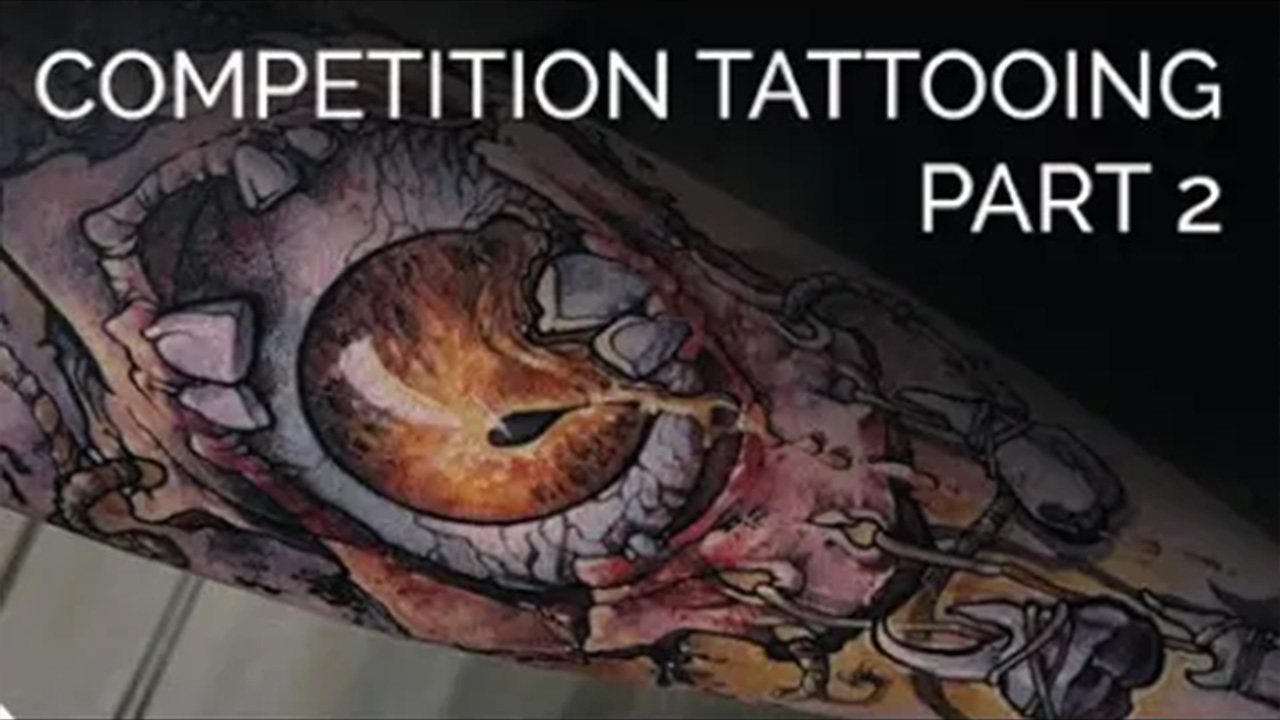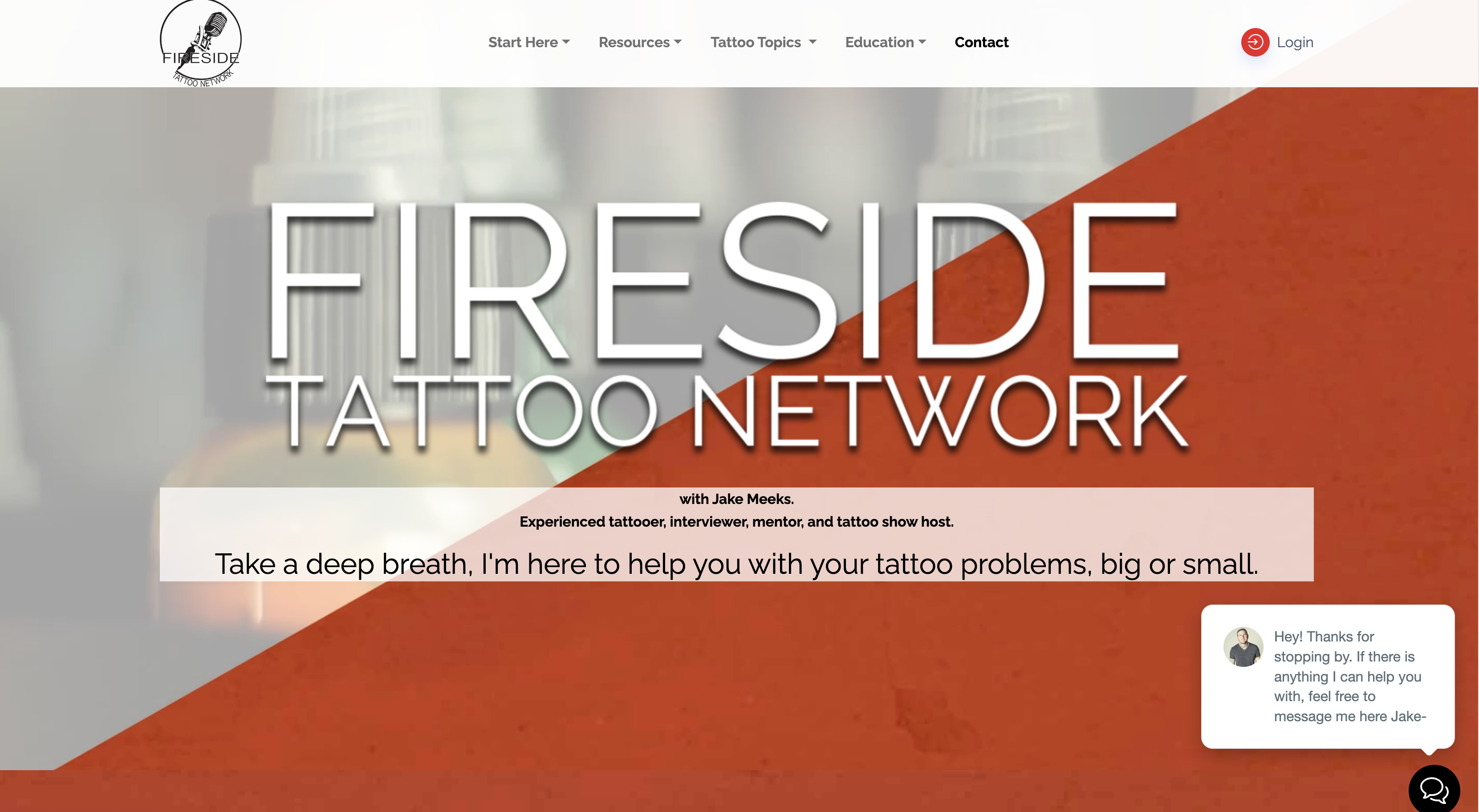The Art of Pain Management in Competition Tattooing: Insights from Kurt Jacobsen

In the world of tattooing, especially in the high-pressure environment of competitions, mastering the art of pain management is just as crucial as the tattooing itself. In a recent episode of the Fireside Tattoo Network, Kurt Jacobsen delved into the intricacies of competition tattooing, offering invaluable insights that go beyond the competition floor and into everyday tattoo practice.
Understanding Client Pain Tolerance
One of the key takeaways from Kurt's discussion is the importance of managing client comfort levels proactively. Tattooing, particularly in a competitive setting, requires clients to sit for extended periods, often enduring significant discomfort. As Kurt emphasizes, the artist's role extends beyond just applying ink to skin; it's about ensuring the client can endure the process without crossing their pain threshold.
Honest Communication: The Foundation of Effective Pain Management
Kurt highlights that the cornerstone of managing a client’s pain is honest communication. While this might seem straightforward, it’s often more challenging than it appears. Clients, not wanting to appear weak, might downplay their discomfort. It's the artist's job to create an environment where clients feel comfortable expressing their pain levels honestly. This involves humanizing yourself as an artist and consistently checking in with your client—not just asking if they’re okay but also observing their body language to gauge their true level of discomfort.
Efficiency in Tattooing: Less Trauma, Better Results
Efficiency is not just about speed; it’s about minimizing trauma to the skin. Kurt discusses the concept of “efficiency of holes,” which refers to the importance of using the right amount of needlework to achieve the desired effect without overworking the skin. For instance, he talks about stipple shading as a technique that allows for quick and true results with less trauma, which is essential in competition settings where the skin needs to hold up under intense and prolonged sessions.
The Critical Role of Proactive Pain Management
Proactive pain management is another critical aspect Kurt brings to light. He explains that once a client’s pain level crosses a certain threshold, it becomes exponentially harder for them to continue. Therefore, artists should never wait for signs of discomfort before taking action. Instead, they should be proactive, making adjustments to the tattooing process before the client reaches their pain limit. This could involve taking breaks, changing tattooing techniques, or simply adjusting the client’s position.
Client Care Beyond the Tattoo Session
Finally, Kurt touches on the importance of client care outside of the tattoo session. Ensuring that clients get adequate rest and nutrition before and after their tattoo sessions can make a significant difference in their ability to endure long tattoo sessions. He advises clients to prepare as if they’re going on a day trip—packing snacks, staying hydrated, and prioritizing sleep—especially when they’re undergoing multi-day tattoo sessions.
Conclusion
Whether you’re a seasoned tattoo artist or just starting in the industry, these insights from Kurt Jacobsen are invaluable. By focusing on honest communication, efficient techniques, proactive pain management, and holistic client care, you can improve not only the quality of your work but also the experience for your clients. In the end, it’s about creating art that not only looks incredible but is achieved through a process that respects and cares for the client’s well-being.
